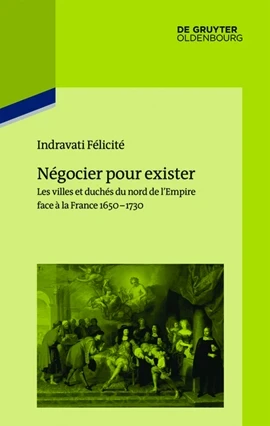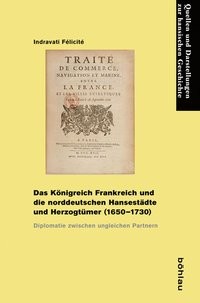This week is conference week for our editor @LenaOetzel . She has the pleasure of discussing “Transfer, Taste & Consumation. France and the Habsburg Empire in the early modern period” @dhiparis . This is the last part of a series of workshops in the project “TravArt. Travelling Artifacts, Taste and Consumption” that looked at the processes of exchange between the different lines of the house of Habsburg. (1/)
@histodons @historikerinnen @earlymodern
#emdiplomacy #EarlyModernEurope #MaterialCulture



